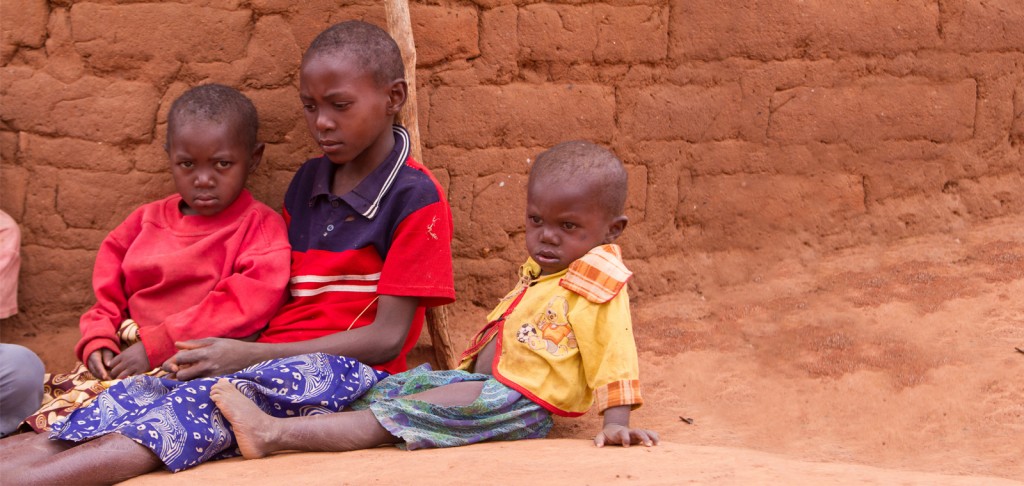East Africa Famine: ADRA Responds
20 April, 2017
The already impoverished Horn of Africa is in crisis. Famine was declared in central Unity State in South Sudan in February while sub-counties within several other countries including Somalia, Nigeria, Kenya, Ethiopia and Yemen are on the brink of famine. Over 20 million people are facing life-threatening food shortages and more than 600,000 children under five will require urgent treatment for severe acute malnutrition. Without treatment, they will be at risk of death or permanent damage to wellbeing, undermining their capacity to learn and develop. This number is expected to rise rapidly.
Sabina is a farmer in north-eastern Kenya. When she could no longer depend on produce from their farm, Sabina’s husband left to look for work. He set out in November last year and has never returned. She has no knowledge of his whereabouts and he hasn’t communicated with her since. She is now caring for their seven children alone.
“See what drought has done to my farm,” said Sabina, “I used to grow sukuma wiki* here, now the place is dry and nothing can grow anymore.”
The drought has slowly but comprehensively decimated her farm. Rivers and water holes are empty. There simply isn’t any water.
“My children were in school but now they are not able to go to school as they have to help me burn charcoal for sale so that we can get something to eat.”
This isn’t a story of unforeseen need. East Africa didn’t suddenly fall into famine again. Much time and effort has been invested in building the resilience of the agricultural sector to improve food security and reduce poverty across the region. But in recent times, this has been done with significantly less support from countries like Australia and the USA who have slashed aid programs to balance domestic budgets. The forces against which we are working are overwhelming.
The Famine Early Warning Network has been monitoring agricultural production, food prices and rainfall across the region. Incremental increases in temperature, repeated climate shocks and insufficient recovery periods have eroded food and income reserves, and undermined coping mechanisms. After two consecutive seasons of poor rainfall, a strong El Niño effect in the Pacific Ocean led to severe drought conditions. ADRA Australia Senior Programs Manager for Africa, Darin Roberts explains, “these trends make it very hard for farmers to plan their farming activities as they are no longer able to determine when the rains will come to begin their planting.”
Challenging climatic conditions aren’t the only threat to food security in the Horn of Africa. Parts of South Sudan were declared famine first largely because of widespread insecurity disrupting trade, blocking humanitarian access and causing millions to abandon their farms to flee the conflict. The ongoing violence in Yemen has severely restricted food access and Islamist terror group Boko Haram is contributing to significant displacement of people in Nigeria. As people leave their homes in search of land, water and work it exacerbates tensions as competition for scarce resources intensifies.
In South Sudan, Somalia and Kenya, ADRA has been providing food aid, water, cash transfers and education programs for over 100,000 children, women and men. ADRA Australia is supporting a network-wide disaster response to scale up the distribution of lifesaving food aid to an additional 420,000 people.
At ADRA Australia, we believe that all people were created in the image of God and they deserve the chance to live full and meaningful lives.
You can help provide lifesaving food aid to people like Sabina on the brink of starvation, by donating today at adra.org.au/famine or by calling 1800 242 372.
*Sukuma wiki is a commonly grown green crop similar to kale.
 1800
242 372
1800
242 372